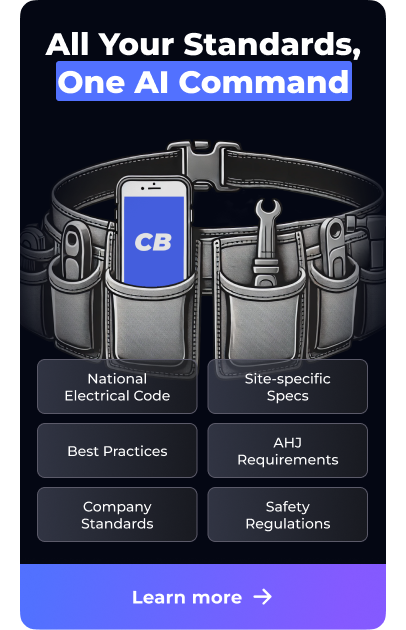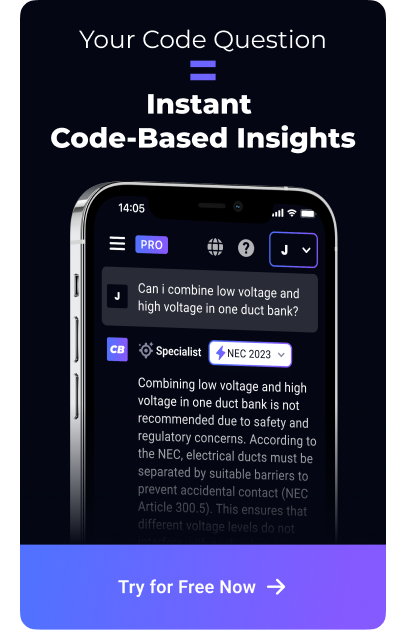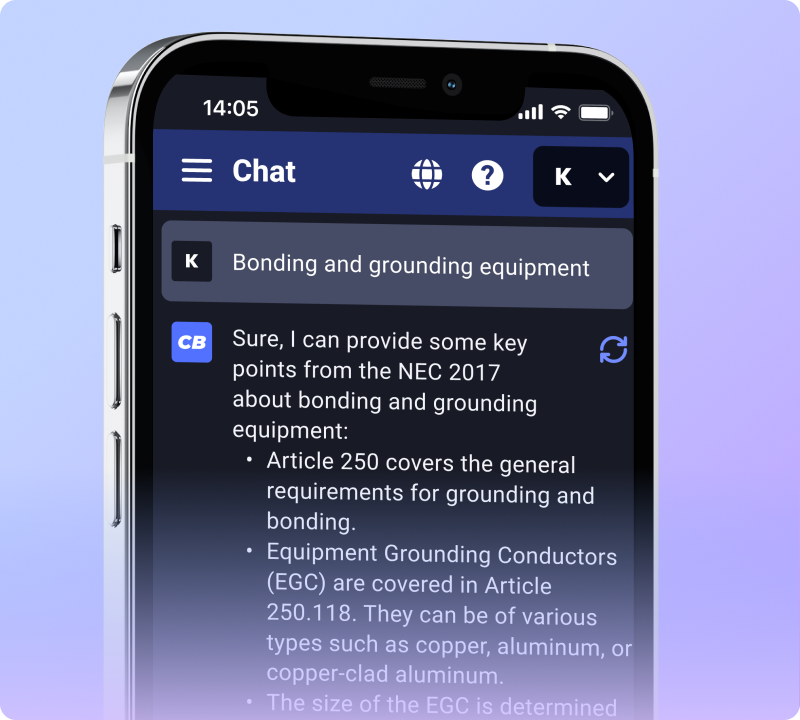Worried about an OSHA inspection? You’re not alone. Many businesses face this challenge, especially when it comes to understanding the 3 phases of OSHA inspection process. Our article breaks down these stages in simple terms and tells you what to expect at each step.
Keep reading to learn more!
Key Takeaways
- The OSHA inspection process starts with an opening conference where the compliance officer shows credentials and explains the inspection’s scope. This phase prepares safety professionals for what to expect during the inspection.
- During the walkaround inspection, the compliance officer closely examines workplace conditions, identifies hazards, and checks for compliance with safety standards. Employees might be interviewed, and documents reviewed to gather more information about safety practices.
- The closing conference concludes the OSHA inspection process. Here, employers learn about any violations found and discuss steps for fixing these issues. This phase is crucial for understanding how to comply with regulations moving forward.
- Citations issued after inspections specify required corrections or abatement actions employers must take to address violations. Timely correction of cited issues is vital for maintaining a safe work environment and avoiding further penalties.
- Compliance ensures workplace safety and avoids penalties from follow-up inspections. Employers should take immediate action based on findings discussed during the closing conference to maintain a safe working environment.
The Three Phases of OSHA Inspection Process
The OSHA inspection process includes three key phases. Each phase plays a vital role in ensuring workplace safety and compliance with regulations.
Opening Conference
During the opening conference, the compliance officer presents their credentials and explains why OSHA chose your workplace for inspection. This phase sets the tone for the entire OSHA safety inspection.
The officer outlines the scope of the inspection, detailing what they will examine. Understanding this information helps safety pros prepare for the assessment.
Expect the compliance officer to discuss the importance of safety regulations. They may point out specific OSHA inspection requirements and compliance standards during this meeting.
This stage ensures that everyone is on the same page before the walkaround inspection begins.
Walkaround Inspection
After the opening conference, the compliance officer begins the walkaround inspection. This phase is crucial in the OSHA inspection process. The officer conducts a thorough physical inspection of the workplace.
They identify potential safety hazards and safety violations during this time. The inspector reviews hazardous materials and evaluates compliance with OSHA inspection standards. Employee interviews may occur to gather more information about workplace conditions.
Document review also plays a vital role in this stage. Safety managers should prepare for this detailed analysis of the facility. The findings from the walkaround can lead to necessary citations and abatement actions.
Closing Conference
The closing conference marks the end of the OSHA inspection process. During this phase, the compliance officer presents their findings to the employer. The officer highlights any safety violations and discusses necessary steps for addressing them.
Employers should take this opportunity to ask questions and seek clarification on any issues found.
This conference also sets the stage for post-inspection actions. Employers learn about potential citations and their timelines. It can take several months to receive the official OSHA inspection results.
Understanding these details helps safety pros and electricians implement compliance measures effectively.
Understanding the Purpose and Scope of Each Phase
Each phase of the OSHA inspection process serves a distinct function. By grasping these roles, safety professionals can better prepare for an inspection and address any potential issues effectively.
Presentation of Credentials
The compliance officer begins the OSHA inspection by presenting their credentials. This step occurs during the opening conference. The officer shows identification that confirms their role with the Occupational Safety and Health Administration (OSHA).
Employers should take this moment seriously, as it kicks off the OSHA inspection procedures.
Presenting credentials helps establish authority and transparency. The compliance officer will then explain why OSHA selected the workplace for inspection. They will outline the scope of the inspection, setting the stage for the upcoming phases.
Next comes the walkaround inspection, where the officer will assess the workplace for safety hazards.
Facility Walkthrough
During the walkaround inspection, the compliance officer examines the workplace closely. This phase helps identify potential safety hazards and OSHA inspection violations. The inspector interacts with employees and reviews documents as part of the process.
Safety pros, electricians, and other workers must be ready to support the inspector. They should understand the importance of this inspection in ensuring workplace safety.
The officer may point out specific OSHA inspection guidelines during the walkthrough. Each observation contributes to a comprehensive OSHA inspection checklist. Findings from this phase influence future compliance and enforcement efforts.
Employers must address any issues highlighted during this walkaround inspection promptly. Preparing for this phase can help in creating a safer work environment.
Citation and Abatement
After the facility walkthrough, the compliance officer identifies any safety violations. This includes any findings from employee interviews and document reviews. The officer then issues citations for these violations.
Each citation specifies what needs correction. Abatement refers to the actions the employer must take to fix these issues. Employers must address these citations promptly. Compliance ensures a safer workplace and avoids further penalties.
OSHA emphasizes the importance of timely abatement. Following the OSHA inspection protocol helps maintain workplace safety. Safety pros and electricians should focus on understanding these requirements to foster a safer environment.
Compliance and Enforcement
The closing conference leads directly into compliance and enforcement. After the compliance officer discusses their findings, the employer must take action. Employers need to address any identified violations quickly.
Compliance with OSHA regulations is critical for workplace safety. This process may include safety training to reduce hazards.
Safety managers must understand that regulatory enforcement is not immediate. The timeline for results can take several months. OSHA will carry out follow-up inspections to ensure compliance.
Ignoring citations can lead to penalties or further action. Addressing workplace hazards promptly benefits both employees and the organization.
FAQs
1. What are the three stages of the OSHA inspection process?
The three stages include opening conference, walk-around inspection, and closing conference.
2. How long does an OSHA inspection typically take?
The timeline for an OSHA inspection can vary based on the type of inspection being conducted and the size of your facility.
3. Are there different types of OSHA inspections?
Yes, there are several types of inspections including complaint inspections, fatality/accidents investigations, programmed inspections and follow-up inspections.
4. What happens during each phase of an OSHA Inspection?
During the opening conference, inspectors explain why they’re visiting; in the walk-around stage they examine your workplace for hazards; finally in closing conference they discuss their findings with you.




